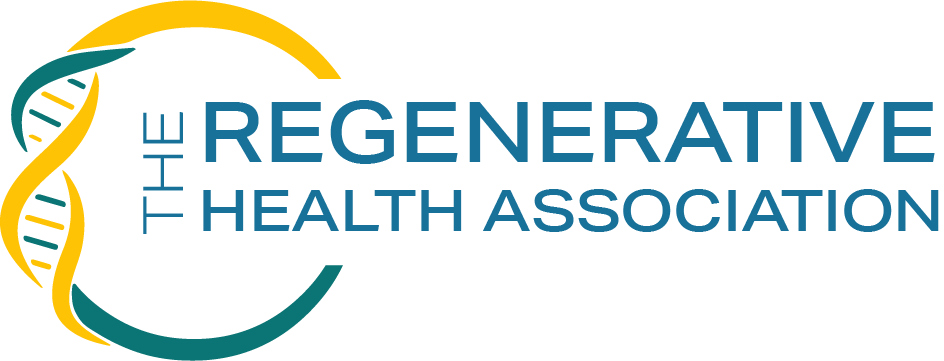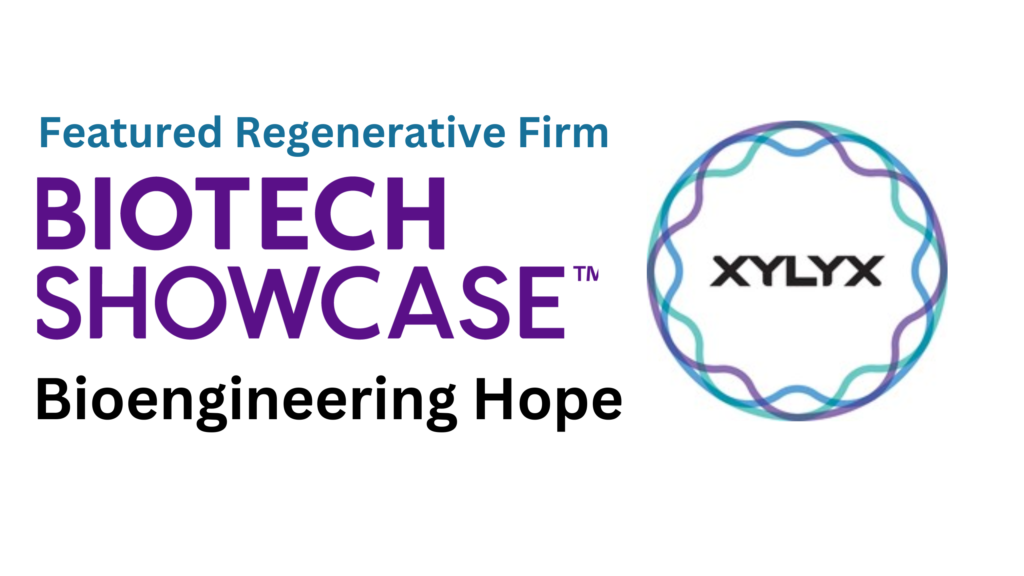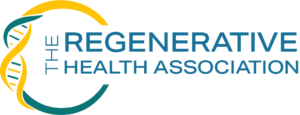The annual Bioscience Showcase is being held in San Francisco this week and The Regenerative Health Association Team is here to learn the latest in the regenerative health research and breakthroughs.
One of the Featured Regenerative Firms that stood out on day one of the conference is XYLYX a Brooklyn based regenerative firm working on bioengineered human organ grafts which hold potential to significantly increase the supply of organs for transplant
Every year, thousands of patients die while waiting for organ transplants. For those needing lung transplants, the situation is particularly dire since transplantation often remains their only chance for survival. While some donor lungs become available, many are too damaged to be used, further limiting the already scarce supply.
Scientists have developed an innovative method to repair and regenerate severely damaged lungs that would otherwise be unsuitable for transplantation. This groundbreaking technique, called interventional cross-circulation, keeps lungs alive and functioning outside the body while repairs take place. XYLYX Chief Scientific Officer John O’Neill, Phd gave an inspiring presentation on their Inspirex® technology. Here’s an overview of their exciting developments.
How Does It Work?
The damaged lung is connected to a specially designed system that maintains it at normal body temperature and provides it with all the nutrients and support it needs. Think of it as an intensive care unit specifically designed for organs. This system can keep the lung alive and functioning for up to 36 hours – much longer than previous methods that only worked for about 6 hours.
During these 36 hours, doctors can perform various treatments to help the lung heal such as:
– Washing out harmful substances and debris from the airways.
– Replacing lost surfactant (a crucial substance that helps lungs function properly).
– Allowing the lung’s natural healing processes to take place.
What Makes This Different?
Unlike previous methods, this new approach doesn’t just keep the lung alive – it actively helps it heal. The system mimics the natural environment of the body, providing everything the lung needs to repair itself. It’s like giving the lung a spa treatment, where it can rest and recover while receiving therapeutic care.
The Results Are Promising
The research team tested this method on lungs that were severely damaged by stomach acid aspiration – a common type of injury that typically makes lungs unusable for transplant. After 36 hours of treatment the lungs showed significant improvement in their ability to exchange oxygen and damaged cells showed signs of regeneration.
Looking to the Future
This breakthrough could have far-reaching implications for organ transplantation. By being able to repair damaged organs, we could save organs that would otherwise be discarded giving hope to thousands of patients waiting for transplants.
Beyond Lungs
While this research focused on lungs, scientists at XYLYX are extending this technology to repair other damaged organs like hearts, kidneys, and livers. This could revolutionize organ transplantation across the board.
Want to learn more? Find further information on their technology for lungs and other organs on their web site which includes links to a number of published studies as well.


